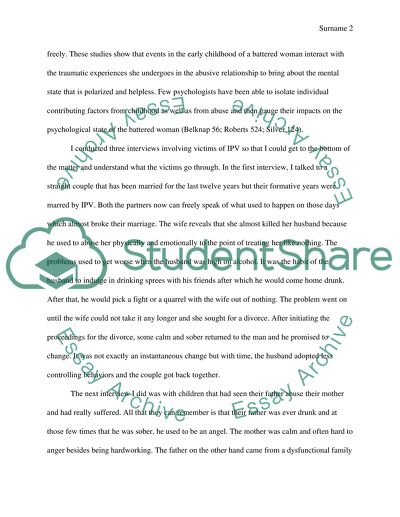Cite this document
(“Domestic Violence and Battered Woman Syndrome Research Paper”, n.d.)
Retrieved from https://studentshare.org/sociology/1449452-domestic-violence-and-battered-woman-syndrome
Retrieved from https://studentshare.org/sociology/1449452-domestic-violence-and-battered-woman-syndrome
(Domestic Violence and Battered Woman Syndrome Research Paper)
https://studentshare.org/sociology/1449452-domestic-violence-and-battered-woman-syndrome.
https://studentshare.org/sociology/1449452-domestic-violence-and-battered-woman-syndrome.
“Domestic Violence and Battered Woman Syndrome Research Paper”, n.d. https://studentshare.org/sociology/1449452-domestic-violence-and-battered-woman-syndrome.


